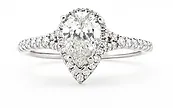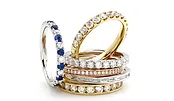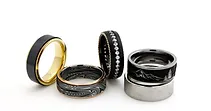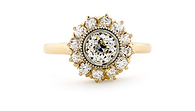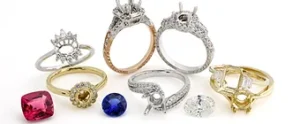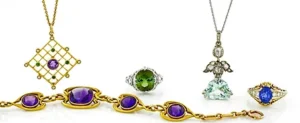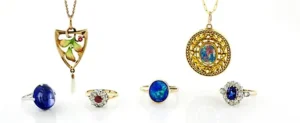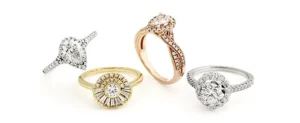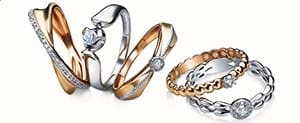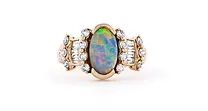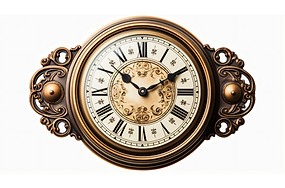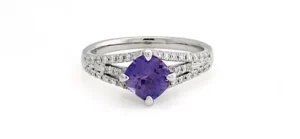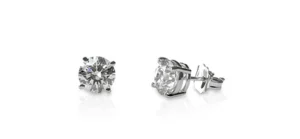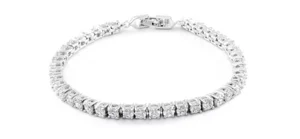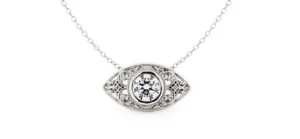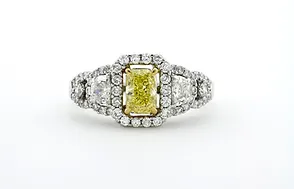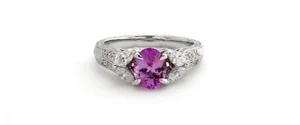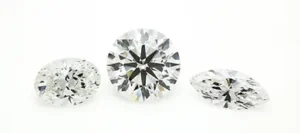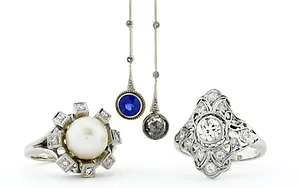Alexandrite Stone : what to seek in an Alexandrite Ring or Necklace
What is Alexandrite? Alexandrite is a rare gemstone in the chrysoberyl family. Alexandrite is noted for changing color! Bluish green or teal in daylight and red or purple by candle or incandescent light, Alexandrite is the most dramatic color changing gemstone, and the June birthstone. Alexandrite is rated very hard on the Mohn hardness scale (8.5) and can be worn on a daily basis by men or women in rings. It is because of this, and because it is one of the world’s most rare gems, that Alexandrite can be one of the costliest gemstones in the world in fine qualities. You will generally find Alexandrite Gemstone in rings and necklaces, since there they get the most light to show off their phenomenal color change.
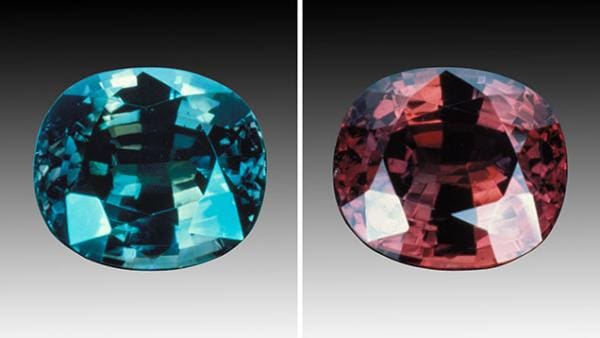
3ct cushion Brazilian Alexandrite showing full color change, photo courtesy of GIA.
Is Alexandrite rare? It sure seems like we find ourselves talking about Alexandrite more than any other gem. But this is not because they are easily found- in fact, the opposite. They are so beautiful, and so hard to find, that many clients spend their lifetime trying to find them! Among jewelry connoisseurs, one of the measures of a jewelry store is whether or not they carry natural Alexandrite. We consider it our responsibility so show every June baby Alexandrite, just so that they know what their June birthstone looks like in real life!
In short, Alexandrite a very rare chromium-rich member of the mineral chrysoberyl that in fine qualities exhibits a change of color depending on the light source it is viewed under. It is often said that Alexandrites are “emerald by day, ruby by night” because they tend to be a teal or grass green under fluorescent light and a raspberry to brownish red under incandescent or candle light. The stone was named after Tsar Alexander because the first examples of Alexandrite were found in Russia in the 1870s. Since the 1980s, the finest gems have been mined in Brazil in the now-depleted Hematita mine. Recent discoveries of Alexandrite in East Africa, specifically Tanzania and Madagascar, are showing promise, and we continue to find occasional gems from India and Ceylon.
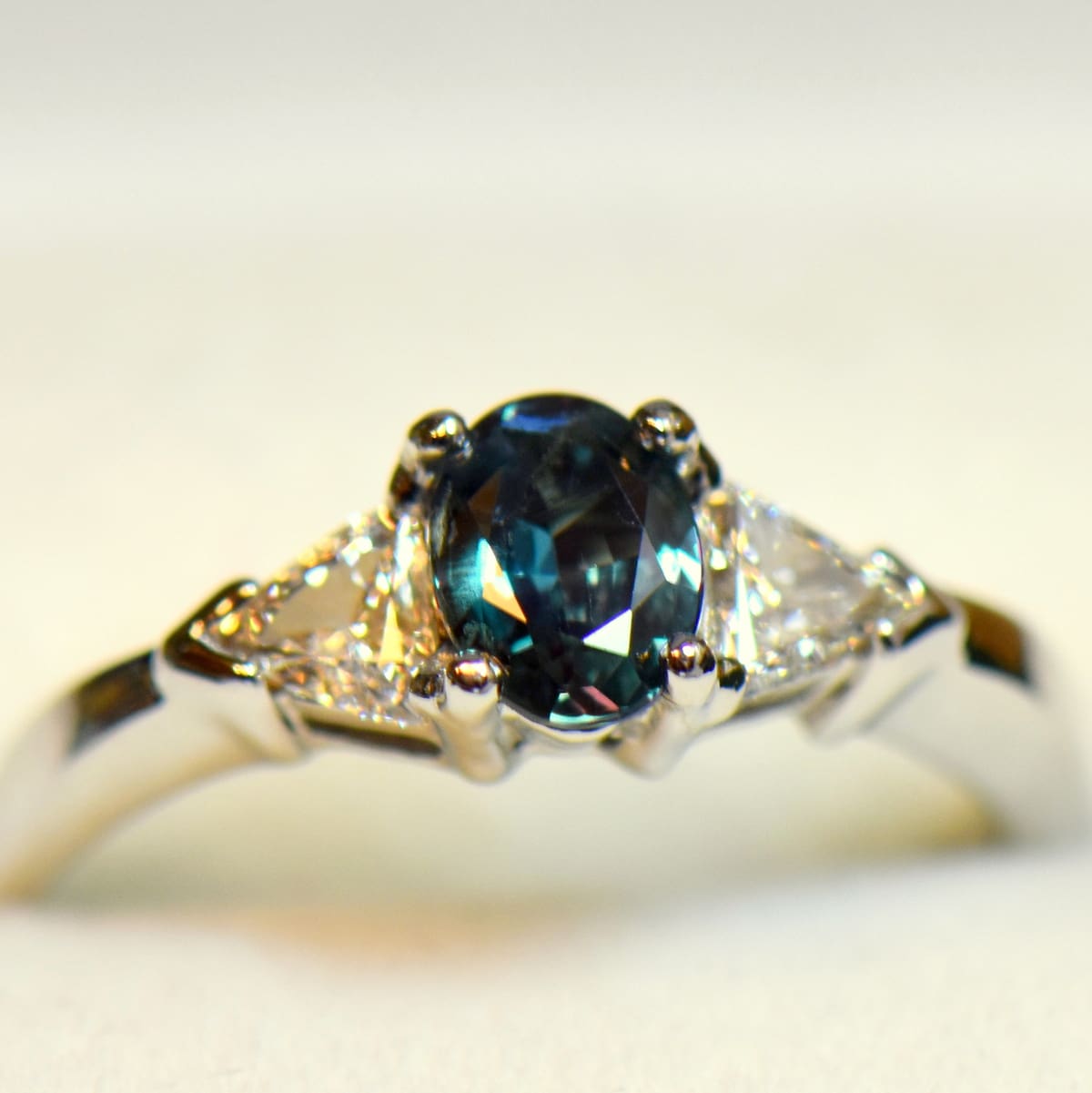
.63ct Brazilian Alexandrite (strong color change) with trillion diamonds set in platinum
Which Alexandrite should you choose? The one you like! As with all colored gemstones, the perfect specimen is almost impossible to find. Even if you could find a perfect Alexandrite, the cost would be prohibitive. So we always encourage clients to buy what they like, to buy a natural Alexandrite, and buy the best they can afford. Often time we can find fabulous Alexandrite with great color change, and they are still affordable in the 1/2 to 1ct size range. We will often sell larger Alexandrite from other sources, where the color change isn’t as dramatic, or ones with some inclusions that lower the cost. Most of the Alexandrites we carry are from Brazil, since they show the most dramatic color change. Second to the Brazilian Alexandrite are the Ceylon Alexandrite and some of the gems from Africa, which occur in a variety of qualities. Nowadays, Alexandrite is rare enough that we buy it when we see it!
Which Alexandrite do you like, and how do you source them? We like any Alexandrite with a good color change, and we buy them when we can find them. Some of my favorites are coming out of Ceylon, where they do a strong red color change with a high degree of clarity, leading to good sparkle. Some of the gems from Africa are similar. We have also seen some really beautiful smaller gems, including wonderful cats eye Alexandrite, from the Indian mines, and since the color is more teal to purple than teal to red, the price is more affordable. Despite the fame, we actively avoid Russian Alexandrite- the finest gems cost far too much, and those actively coming from the mines are of lower quality. While we do buy Alexandrite from wholesalers, we also buy from collectors on the second hand market, which allows us to source fine quality Alexandrite at a slightly lower price point than if we had to pay for multiple middlemen in the import process. While we will order in synthetics on request, nothing quite compares with the real thing so we only stock natural Alexandrite. We have natural Alexandrite availabe from $500 to $15000 and can find others by request.

The above ring is a true stand out for Alexandrites. The center gem weighs 1ct and is accompanied by a Stone Group Labs report stating that the gem is natural and likely Brazilian in origin. The left photo shows the gem in pure outdoor light, the center photo is mixed lighting, and the right photo is under an open flame. This gem displays a very strong 90-95% color change and is coupled with a medium-dark tone so that the gem is bright and lively. This is one of the finest Alexandrite rings we have sold in my year tenure at FWCJ.
We are the Seattle areas premier source for Alexandrite and other colored stones. If you are looking for Alexandrite in Federal Way or the Seattle Metro Area, or need a June Birthstone gift, be sure to stop by and visit us to shop our collection and learn what we have to offer.
Please contact us if you are interested in learning more about our alexandrite.

